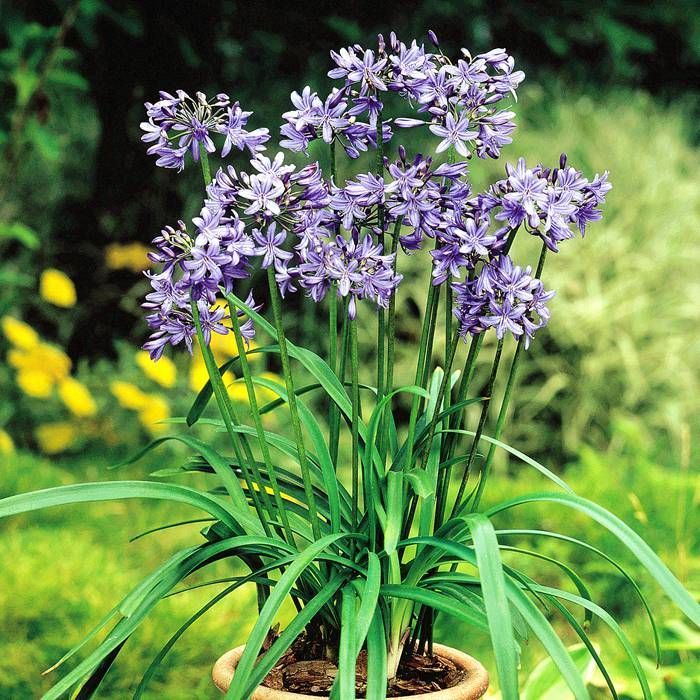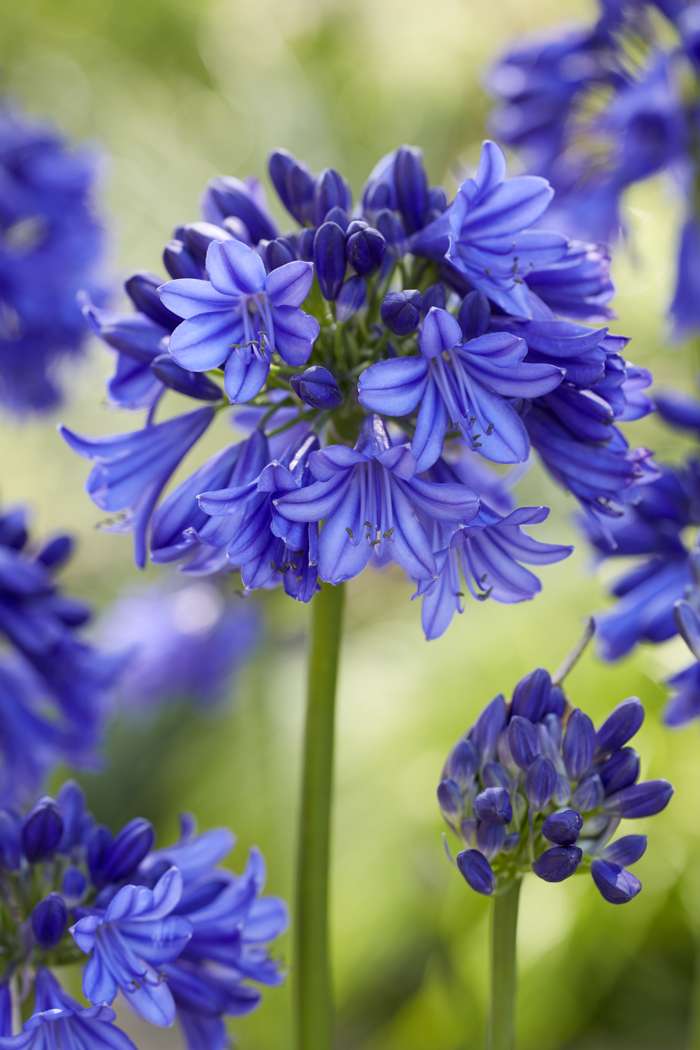Agapanthus Treatment Tips for Lush and Vibrant Flowers
Agapanthus Treatment Tips for Lush and Vibrant Flowers
Blog Article
Mastering the Art of Agapanthus Treatment: Vital Actions for Healthy And Balanced Growth and Dynamic Blossoms
In the realm of gardening, the farming of agapanthus stands as a satisfying endeavor for those who seek to nurture these stylish blooming plants. With their striking blossoms and stylish foliage, agapanthus has actually recorded the attention of gardeners worldwide. Nonetheless, attaining ideal growth and vibrant blossoms calls for a nuanced technique that encompasses different essential actions. From choosing the ideal range to mastering pruning strategies, the trip in the direction of cultivating prospering agapanthus plants is diverse and holds the crucial to opening the full capacity of these organic treasures.

Picking the Right Agapanthus Variety

When choosing the best Agapanthus selection for your garden, take into consideration elements such as climate suitability, bloom color, and development routine. Furthermore, consider the environment in your region to ensure the Agapanthus variety you pick can flourish in your specific conditions. Recognizing the development routine of different Agapanthus selections is vital for appropriate positioning within your yard.
Ideal Growing Problems
Taking into consideration the ideal ecological requirements is important for effective Agapanthus cultivation. Agapanthus prospers in well-draining soil with a slightly acidic to neutral pH degree. When planting, choose a place that obtains full sunshine to partial color. In hotter climates, supplying some afternoon color can avoid scorching of the leaves. Agapanthus plants are sensitive to chilly temperatures and should be protected from frost during wintertime months.
To make certain healthy and balanced development and vivid blooms, plant Agapanthus light bulbs at a deepness of about 2-4 inches and area them 8-12 inches apart. Mulching around the base of the plants aids keep wetness and suppresses weed growth.
Watering and Fertilizing Tips
Maintaining correct moisture degrees and giving essential nutrients are vital elements in the treatment routine for Agapanthus plants. It is crucial to strike a balance when it comes to watering Agapanthus. If overwatered, these plants like constantly wet dirt however are susceptible to root rot. Throughout the growing season, water deeply as soon as a week, guaranteeing the soil is well-draining to prevent waterlogging. In hotter climates or during periods of dry spell, even more constant watering might be required to maintain the soil uniformly wet. However, reduce watering in the wintertime to avoid waterlogged conditions.
Feeding Agapanthus is important for promoting healthy and balanced development and prolific flowers. Apply a well balanced plant food, such as a 10-10-10 formula, in the early springtime as new growth arises. Repeat this application every 6-8 weeks throughout the expanding season. Stay clear of excessive fertilization, as it can bring about lush foliage at index the cost of flowers. Constantly adhere to the maker's instructions for correct dilution and application methods. By adhering to these watering and fertilizing tips, you can ensure your Agapanthus plants thrive and produce dynamic, long-lasting blooms.
Trimming Techniques for Agapanthus
Trimming Agapanthus plants at the proper times and with appropriate techniques is crucial for keeping their health and wellness and promoting optimum growth and blooming. The suitable time to prune Agapanthus moved here is in late winter or very early spring prior to new development arises.
For flowered stems, wait till the flowers have perished and afterwards cut them back to the base. This not only cleans up the plant's appearance yet likewise motivates the advancement of new blossom buds. Deadheading spent flowers can likewise reroute the plant's energy right into producing even more blooms instead than setting seeds. Nevertheless, if you wish to gather seeds for propagation, leave some flowers to mature and completely dry on the plant.
Keep in mind to utilize tidy, sharp tools to make specific cuts and reduce the danger of presenting conditions. Agapanthus. Normal pruning will help maintain your Agapanthus looking healthy and balanced and cool while making certain a bountiful display of attractive flowers
Managing Typical Insects and Illness
After ensuring correct pruning methods for Agapanthus, it is crucial to attend to typical bugs and diseases that can influence the health and vigor of these plants. One common parasite that influences Agapanthus is the Agapanthus gall midget.
An additional usual issue is fungal leaf spot, which offers as dark sores on the leaves. To avoid fungal diseases, guarantee good air flow around the plants, prevent above watering, and remove any contaminated leaves promptly. Additionally, Agapanthus plants can deal with root rot if they are planted in badly draining pipes dirt. To stop this, plant Agapanthus in well-draining dirt and avoid overwatering. By being alert and dig this taking punctual action versus diseases and insects, you can help your Agapanthus plants prosper and generate vivid blooms.

Final Thought
To conclude, mastering the art of agapanthus care involves choosing the right variety, giving suitable planting problems, proper watering and feeding, suitable trimming methods, and dealing with typical pests and illness. By complying with these important actions, you can make sure healthy and balanced growth and lively blooms for your agapanthus plants. Bear in mind to consistently keep an eye on and maintain your plants to advertise their overall health and durability.
To make sure healthy development and dynamic blossoms, plant Agapanthus bulbs at a depth of regarding 2-4 inches and room them 8-12 inches apart. By complying with these watering and feeding tips, you can ensure your Agapanthus plants thrive and produce vibrant, lasting flowers.
One common bug that influences Agapanthus is the Agapanthus gall midget. Additionally, Agapanthus plants can endure from root rot if they are grown in inadequately draining dirt. By adhering to these necessary actions, you can make certain healthy and balanced development and dynamic blossoms for your agapanthus plants.
Report this page